Travel
Follies of the Madmen #556
The 1970s. You had to be there.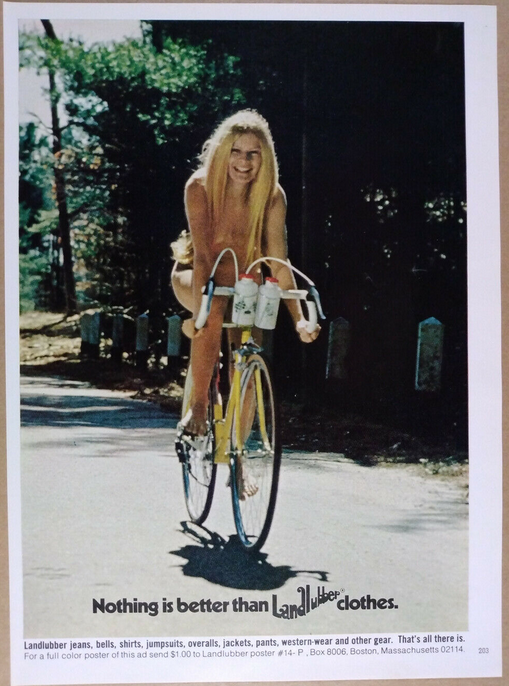
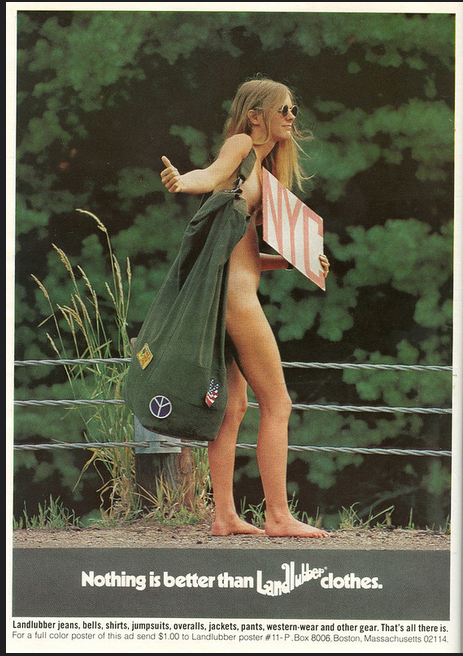
Posted By: Paul - Wed Feb 15, 2023 -
Comments (9)
Category: Bicycles and Other Human-powered Vehicles, Fashion, Travel, Nudism and Nudists, 1970s, Double Entendres and Nudge-Nudge, Wink-Wink
Harry Bensley and his Unfulfilled Walk Around the World
This first image is somewhat well-known. At least, it often pops up in my searches. But what's the story behind it?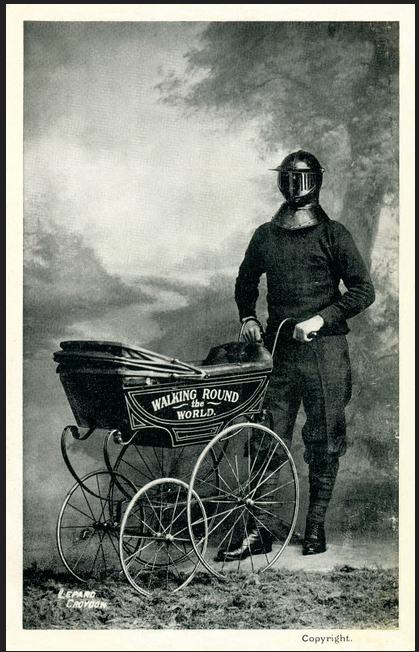
The whole story is here at his Wikipedia page. In short:
He had to walk around the world to fulfill a bet that he lost. It required him to wear an iron mask (a helmet from a suit of armor) to conceal his identity, and he also had to push a perambulator (baby carriage) throughout his travels. He called himself "The Man with the Iron Mask" (inspired by the seventeenth-century Man in the Iron Mask), and the only way he could support himself during his journey was by selling postcards and pamphlets
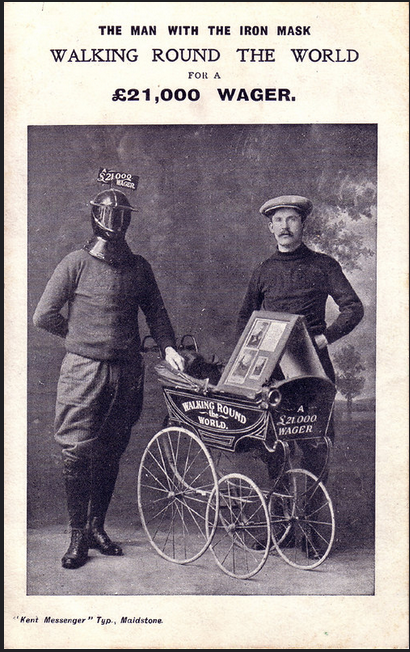
Posted By: Paul - Wed Feb 01, 2023 -
Comments (1)
Category: Costumes and Masks, Eccentrics, Travel, Bets, Wagers, Challenges and Contracts, Twentieth Century
Sigiriya, Sri Lanka
Here is a shot of the ancient fortress city of Sigiriya, followed by pictures of parts of the staircase you must ascend to visit the place. Please let us know if you would be eager and happy to make this climb, or prefer to remain down below.Videos follow the still shots.

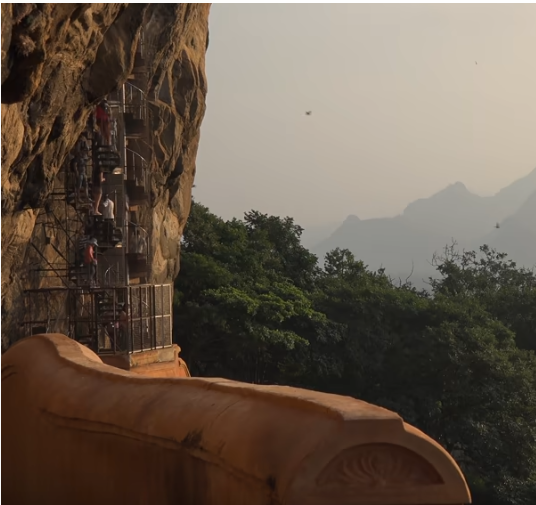
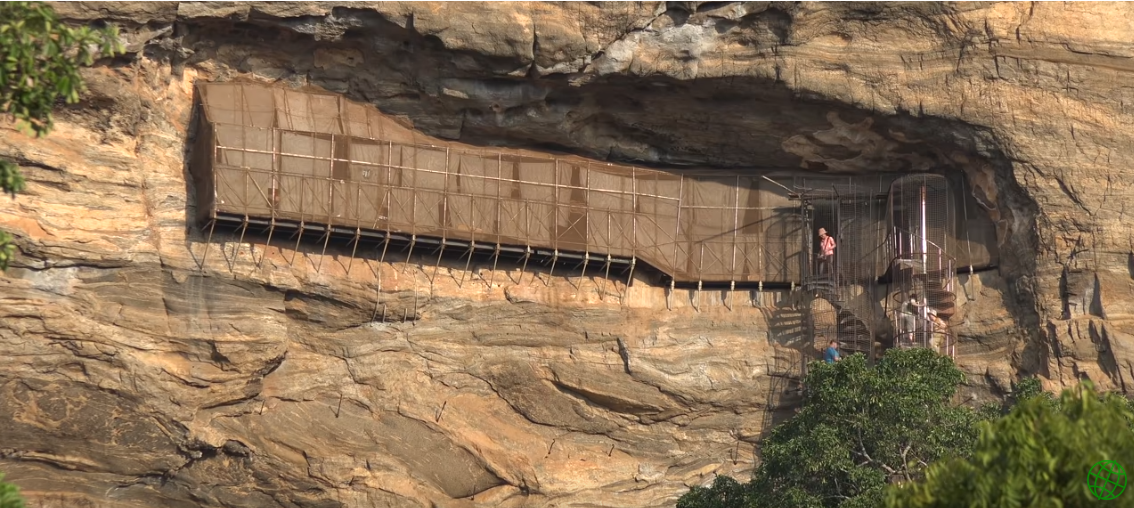
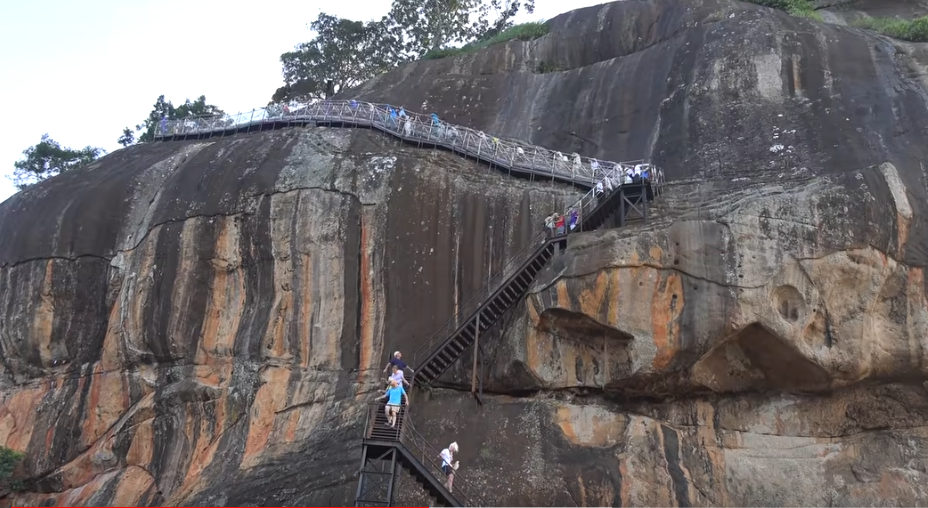
Posted By: Paul - Wed Jun 29, 2022 -
Comments (1)
Category: Statues, Monuments and Memorials, Travel, Danger, Risk, and Peril, Asia
45 Jobs in 45 States
In January 1939, Lyra Ferguson of Missouri left her job as a church secretary and took off on a tour of the United States. Her goal was to spend a week working in all 48 states. Alaska and Hawaii weren't yet states, so she didn't have to worry about those. She was equipped with only "a new automobile, a small wardrobe, a little pistol and $200." I'm not sure of her exact age, but news reports said she was "over 40."She made advance plans to secure a job in a handful of states, but mostly she just arrived and tried to find employment. She also tried to find jobs in industries that seemed representative of each state.
Ultimately she managed to find one-week jobs in 45 states but failed to get work in New York, Nevada, or Arizona.
Her plan had been to write a book about her adventures, but in a later interview she said her attempt at a book was "terrible." So that plan fell through.
However, she did take film footage of her entire journey and later edited this together into a movie which she showed to various groups. Unfortunately I can't find any evidence that this movie still exists.
Below is a list of her jobs in 42 states. I couldn't find any info about her jobs in Arkansas, Colorado, or West Virginia.
- Alabama: performed at the assembly exercises of the Tuskegee Institute
- California: worked for an overall company at the San Francisco fair
- Connecticut: typewriter factory
- Delaware: tanned kid skins in a tannery
- Florida: packed oranges
- Georgia: cafeteria
- Idaho: dug potatoes
- Illinois: made wax fruits and flowers
- Indiana: manufactured refrigerators
- Iowa: pen factory
- Kansas: packed dog food
- Kentucky: ironed shirts in a laundromat
- Louisiana: packed shrimp
- Maine: helped out in a lighthouse
- Maryland: tea packing factory
- Massachusetts: served as attendant in an insane asylum
- Michigan: maid on a Great Lakes steamer during tulip festival
- Minnesota: sewed buttons on suits
- Mississippi: shucked oysters
- Missouri: social hostess at a hotel
- Montana: cooked on a dude ranch
- Nebraska: booked well-known artists for an agency
- New Hampshire: paper factory
- New Jersey: cosmetics factory
- New Mexico: sewed labels on ties made by Native Americans
- North Carolina: weaved homespun suiting
- North Dakota: picked chickens
- Ohio: worked in the printing room of a newspaper
- Oklahoma: wiped windshields at a gas station
- Oregon: packed salmon
- Pennsylvania: made chocolate candy at Hersheys
- Rhode Island: baking powder factory
- South Carolina: textile industry
- South Dakota: took pictures of the Black Hills for the association of commerce
- Tennessee: washed turnip greens
- Texas: delivered packages during the Christmas holidays
- Utah: wove blankets in a woolen mill
- Vermont: helped make maple syrup
- Virginia: weighed peanuts
- Washington: worked at a general store in a logging camp
- Wisconsin: milked cows for a dairy
- Wyoming: worked at Yellowstone
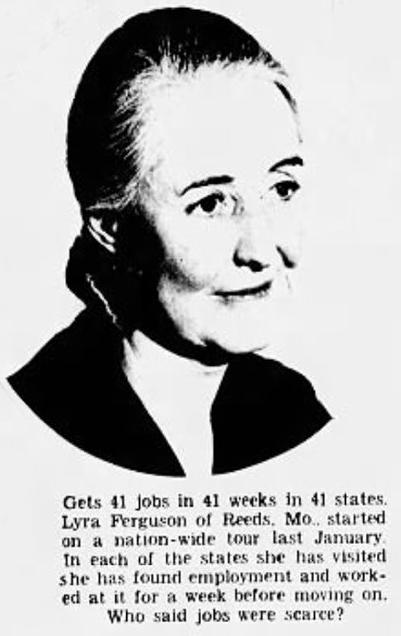
Pittsburgh Press - Dec 24, 1939
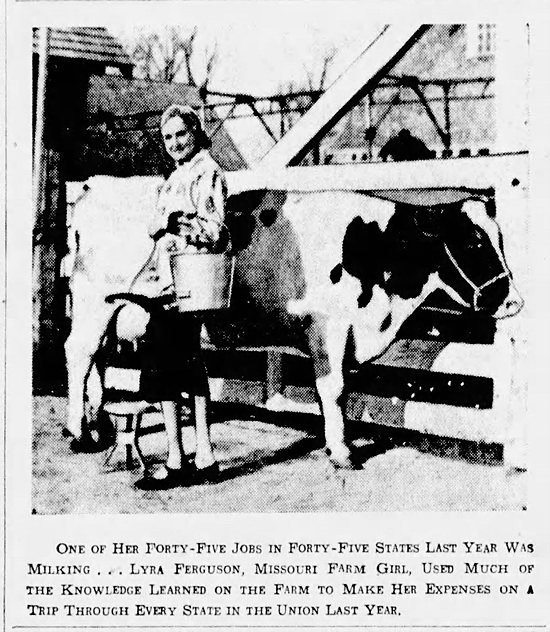
Weekly Kansas City Star - May 8, 1940
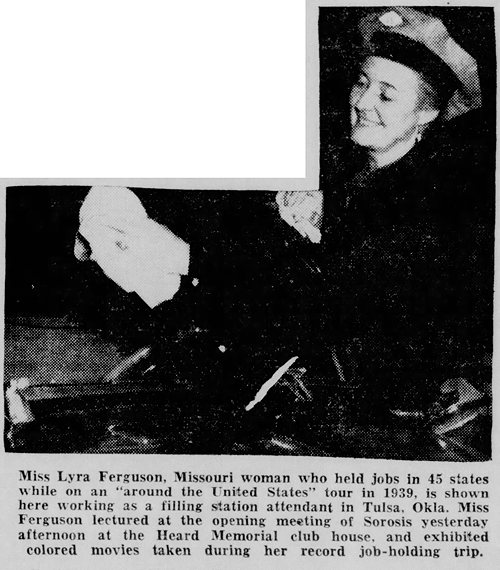
Sedalia Democrat - Sep 23, 1941
The only follow-up info I can find about her was that in 1956 she had just returned home from a world tour during which she collected souvenirs from the countries she visited. She obviously really liked to travel!
Posted By: Alex - Sun Jan 23, 2022 -
Comments (9)
Category: Jobs and Occupations, Travel, Tourists and Tourism, 1930s
Surprise, Surprise!
Did this really happen twice in the space of a year, in a manner that became noticeable to a newspaper? Or was it the invention of a bored and desperate reporter, then copied by another?Source for first item: Lindsay Gazette (Lindsay, California) 31 May 1935, Fri Page 11
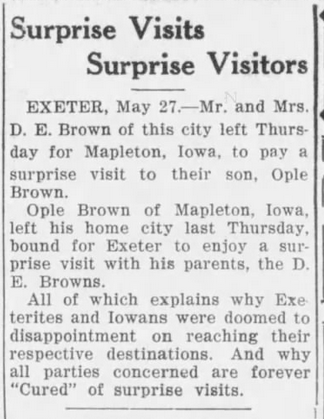
Source for second item: Tampa Bay Times (St. Petersburg, Florida) 29 May 1936, Fri Page 2

Posted By: Paul - Thu Dec 02, 2021 -
Comments (2)
Category: Domestic, Travel, Fables, Myths, Urban Legends, Rumors, Water-Cooler Lore, 1930s
Round the World with Nellie Bly
Entry at Board Game Geek.Nellie Bly at Wikipedia.
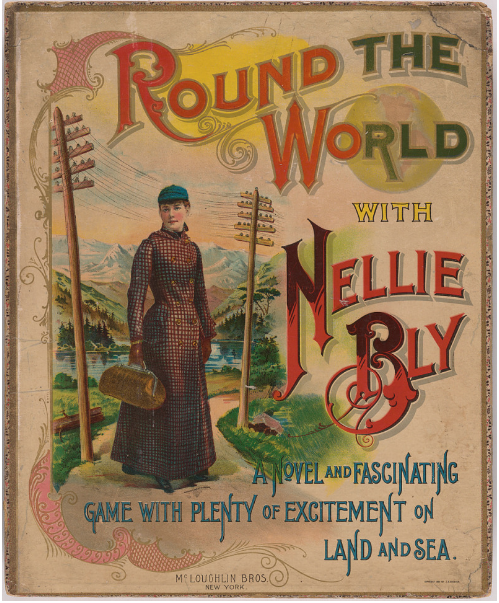
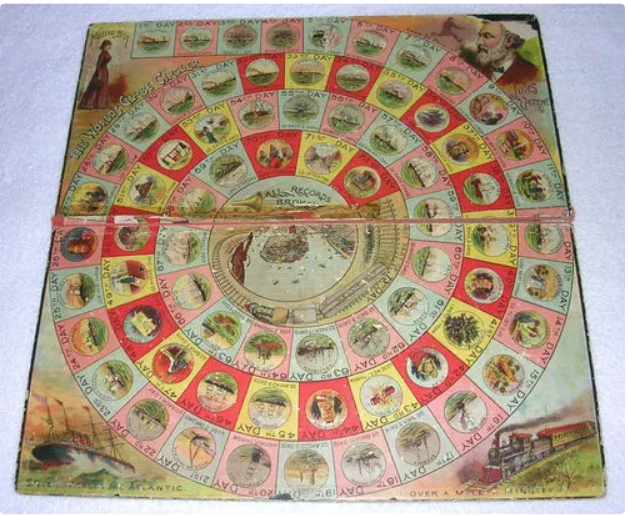
Posted By: Paul - Tue Aug 10, 2021 -
Comments (3)
Category: Celebrities, Games, Journalism, Travel, World Records, Writers
The First Earth Run
First Earth Run: A Catalyst for Hope from Gail Straub & David Gershon on Vimeo.
This large event seems to have vanished from 2021 memory--at least judging by the paucity of Google references, most of which are for the accompanying song that was created for the occasion (below). One thing we can affirm: it did not bring Peace on Earth.
Posted By: Paul - Wed Jun 16, 2021 -
Comments (2)
Category: Fads, Music, Sports, Travel, International Cooperation, Global Events and Planetary-scale Happenings, 1980s
Owney, the Taxidermy Post Office Dog
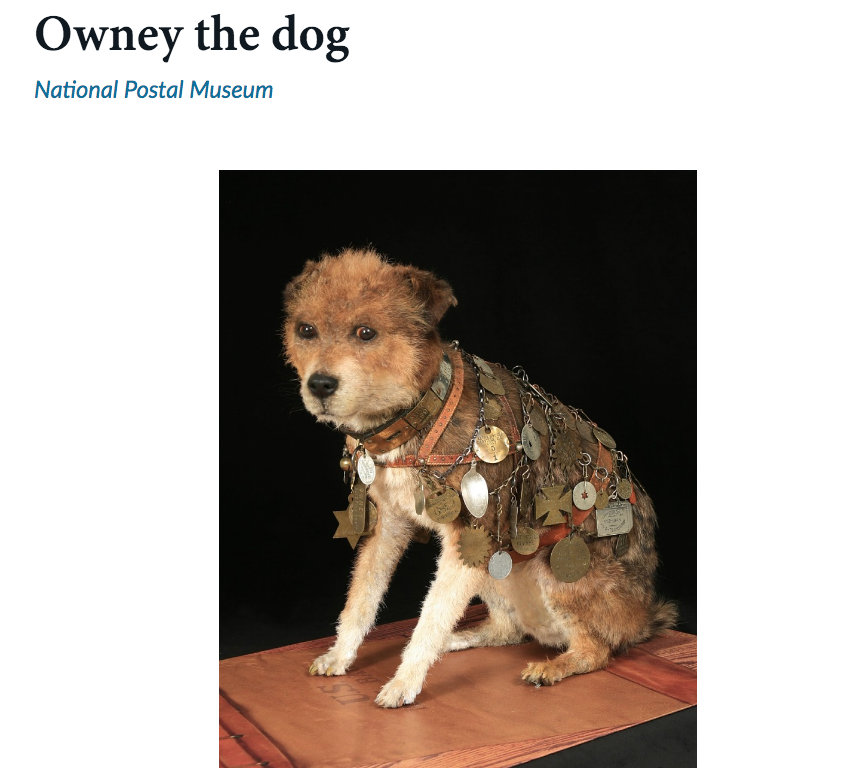
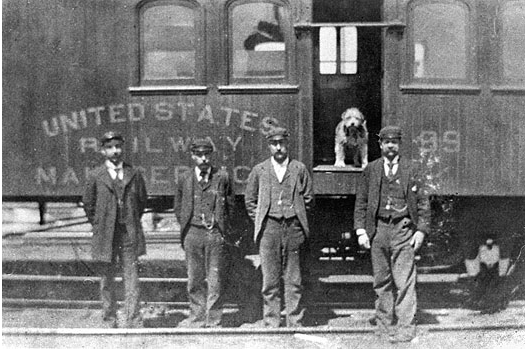
Mail clerks raised money for preserving their mascot and he was taken to the Post Office Department's headquarters in Washington, DC, where he was on placed on display for the public. In 1904 the Department added Owney to their display at the St. Louis, Missouri, World’s Fair. In 1911, the department transferred Owney to the Smithsonian Institution. In 1926, the Institution allowed Owney to travel to the Post Office Department’s exhibit at the Sesquicentennial exhibit in Philadelphia, Pennsylvania. From 1964-1992, he was displayed at the Smithsonian museum now known as the National Museum of American History and in 1993 he moved to the new National Postal Museum, where he remains on display next to a fabricated Railway Post Office train car.
Source.
Posted By: Paul - Wed Apr 28, 2021 -
Comments (0)
Category: Travel, Trains and Other Vehicles on Rails, Dogs, Nineteenth Century, Twentieth Century, Postal Services
The Traveling Candy Store
I must confess that the notion of a vehicle that brings candy directly to you had never occurred to me before. But what a great idea!Here's the tale of a modern incarnation.
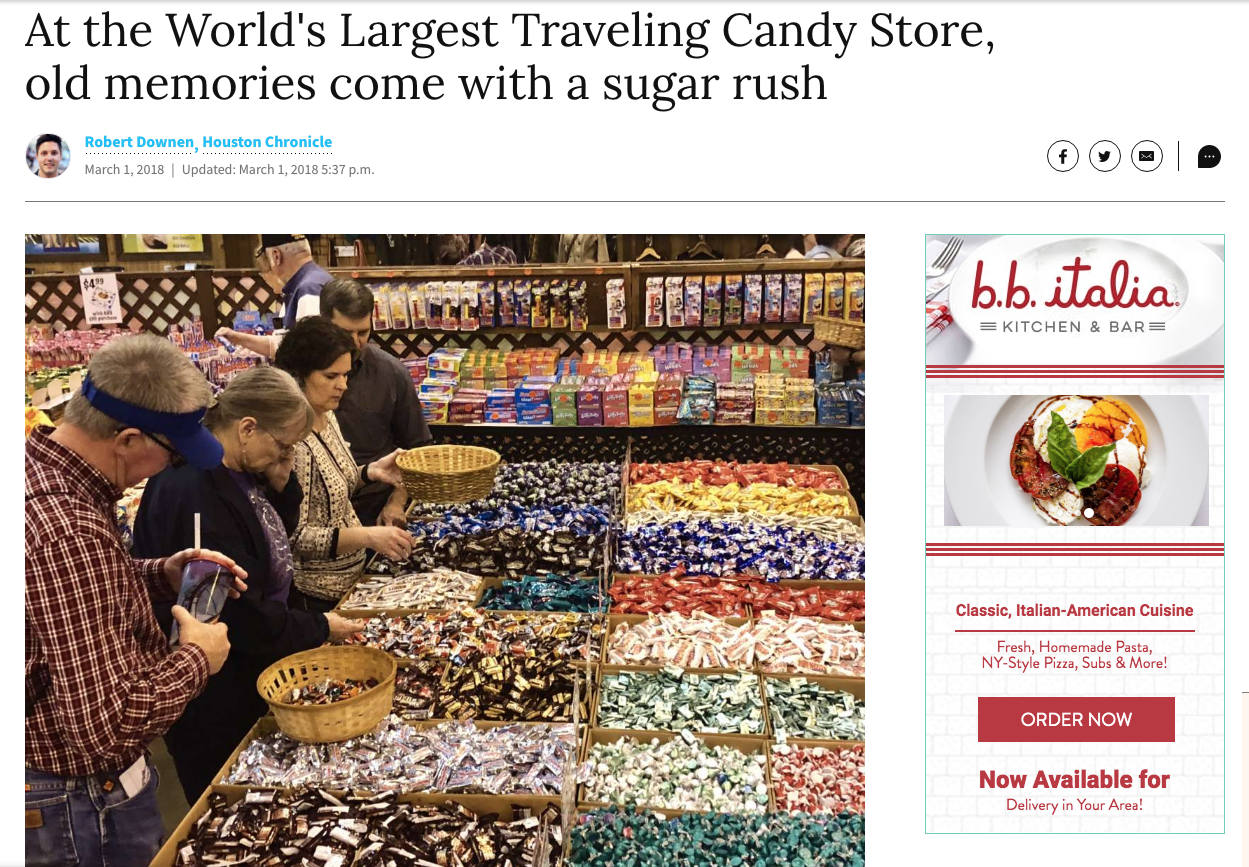
Here's their website, with an itinerary.
And here's the tale of someone who had the idea 100 years ago! (Scroll up.)
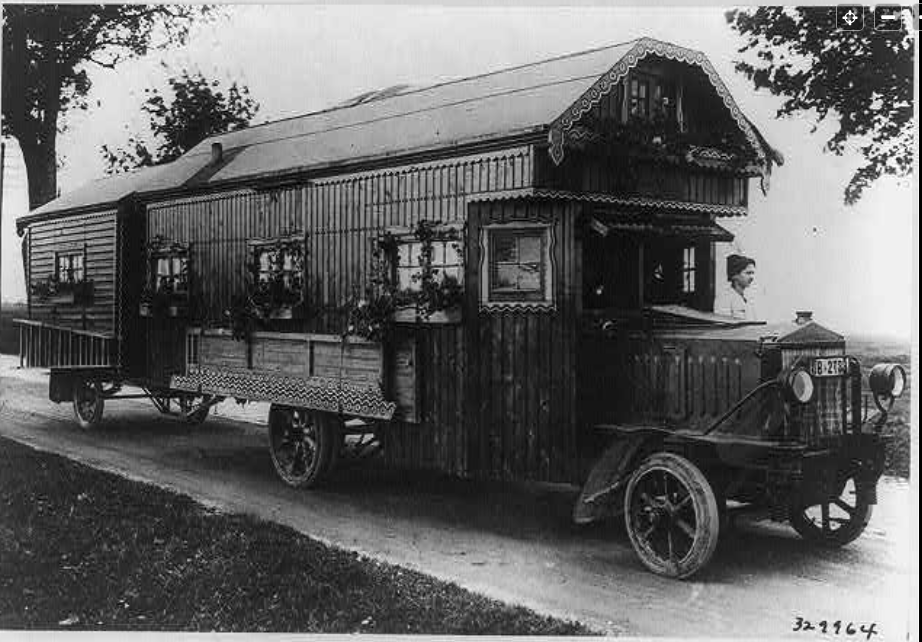

Posted By: Paul - Tue Jan 19, 2021 -
Comments (3)
Category: Business, Retailing, Motor Vehicles, Travel, Candy, 1920s
Roy Mack’s milk-diet tour
Roy Mack set off from New York on May 2, 1939, intending to walk to San Francisco. To make this more of a challenge, he decided to do this while living on a diet of only milk — about six quarts of it a day. He said he wanted to "prove you can live on milk." The media dubbed him the "human milk bottle."By August he had reached Oklahoma City and had also lost 10 pounds in weight. He maintained this was due to all the exercise, not his milk diet.
I have no idea if he ever did reach San Francisco, because I can't find any news reports about him after Oklahoma City. Perhaps the milk diet got the better of him.
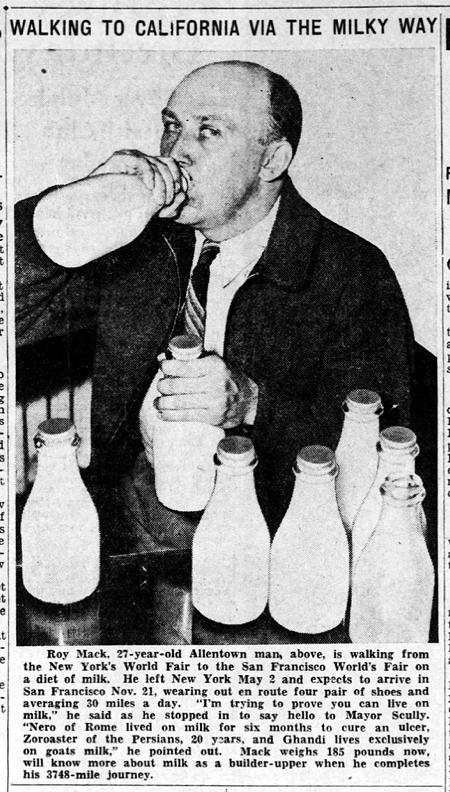
Pittsburgh Press - June 3, 1939
Posted By: Alex - Fri Oct 30, 2020 -
Comments (0)
Category: Food, Publicity Stunts, Travel, 1930s, Dieting and Weight Loss

| Who We Are |
|---|
| Alex Boese Alex is the creator and curator of the Museum of Hoaxes. He's also the author of various weird, non-fiction, science-themed books such as Elephants on Acid and Psychedelic Apes. Paul Di Filippo Paul has been paid to put weird ideas into fictional form for over thirty years, in his career as a noted science fiction writer. He has recently begun blogging on many curious topics with three fellow writers at The Inferior 4+1. Contact Us |




